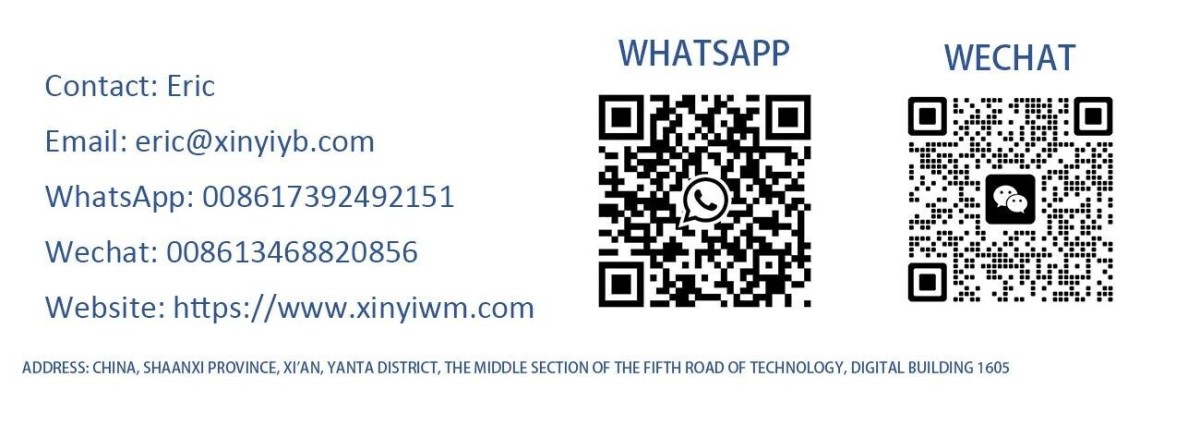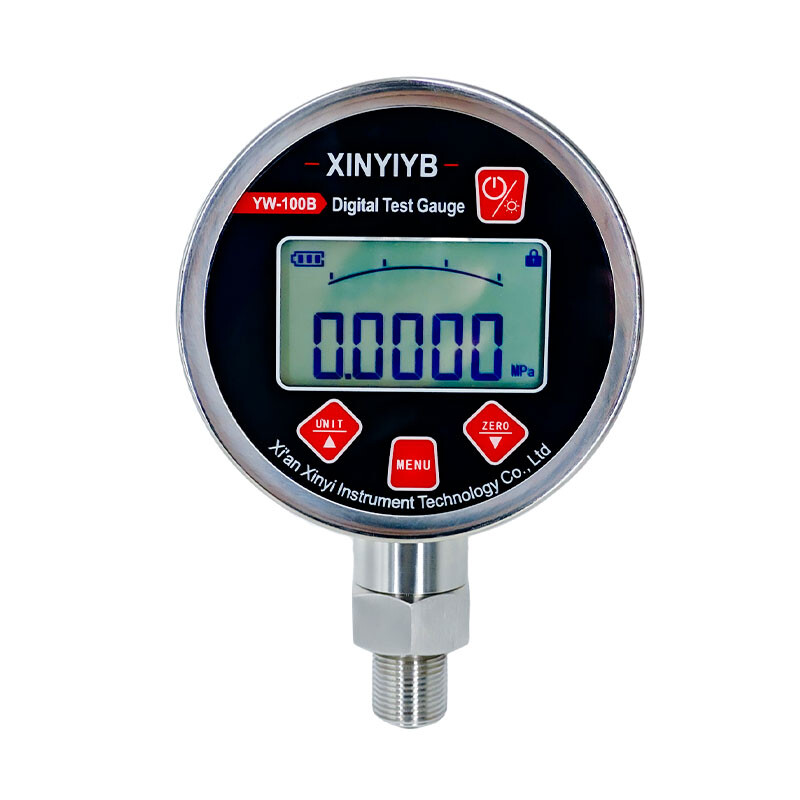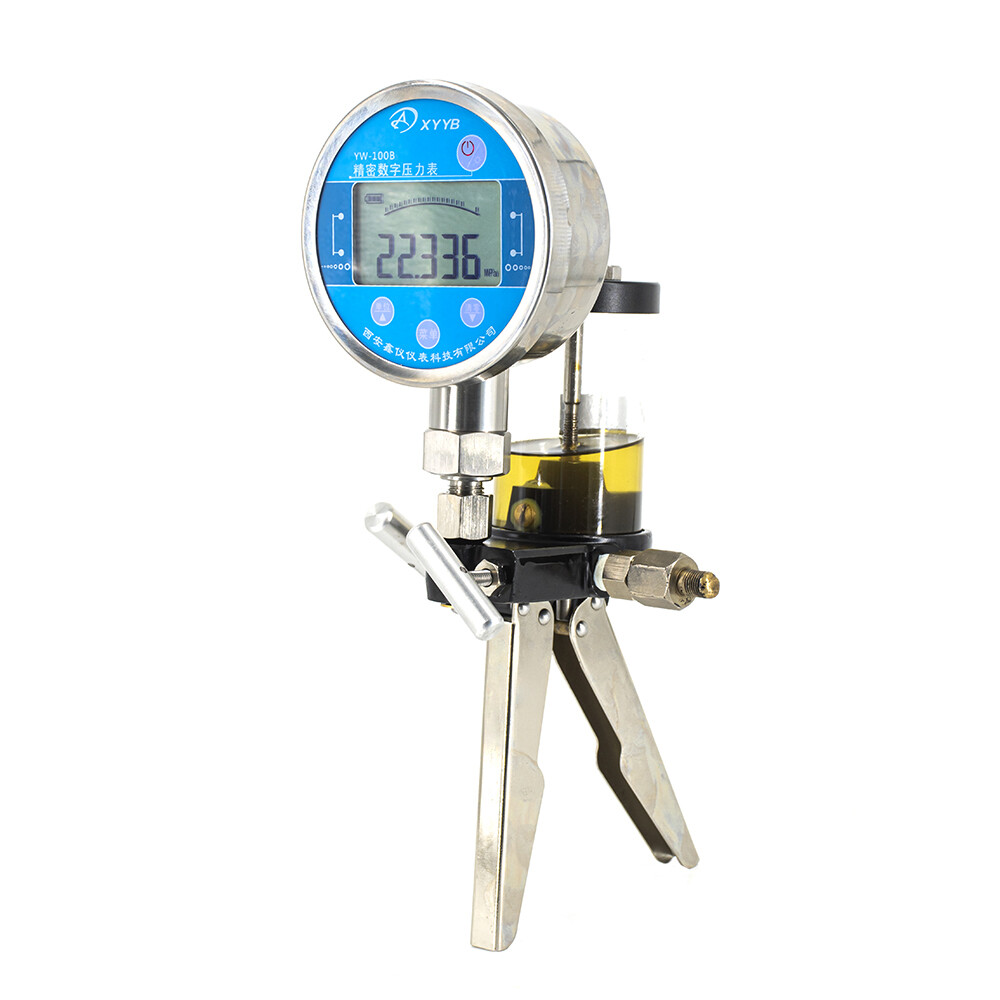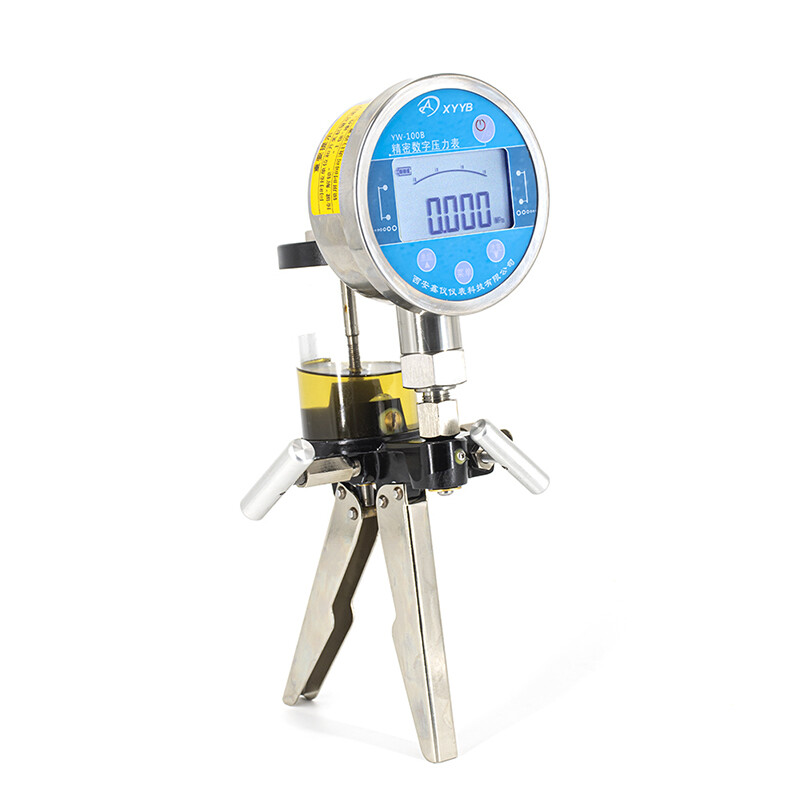Ultrasonic level meter is a kind of level measuring instrument that uses the reflection principle to measure the liquid level continuously without contact by emitting high-frequency ultrasonic pulses through the transducer (probe). It is widely used in various open tanks. So, in practical applications, what are the advantages and disadvantages of ultrasonic level meter?
Advantages of ultrasonic level meter
It can be said that the advantages of ultrasonic level meter are very prominent, mainly reflected in the following aspects:
1. It adopts non-contact measurement, stable and reliable operation, and is not easily affected by the viscosity and density of the liquid.
2. It can measure continuously at a fixed point, and can conveniently provide measurement signals for telemetry and remote control.
3. It has a simple structure, convenient reading, and is very easy to install and maintain.
4. It is safe and clean, and the instrument has a long service life.
In addition to the common characteristics of most ultrasonic level meters, the Uson-11 ultrasonic level meter also has some unique advantages of its own:1. With temperature compensation function, it can be used in an environment with large temperature difference, with high accuracy and strong adaptability.
2. With RS-485 communication interface, it adopts special echo processing method to effectively avoid false echo.
3. There are three ranges of 5 meters, 10 meters and 15 meters to choose from, which can be used in different industrial environments.
4. High explosion-proof level (Ex d IIC T6 Gb) and protection level (up to IP66/IP67).
5. PVDF material probe can ensure reliable measurement of the instrument in corrosive liquid or corrosive environment.
6. High cost performance and low maintenance cost.
Disadvantages of ultrasonic level meter
Of course, every ruler has its own shortcomings. Ultrasonic level meter also has its own shortcomings, which are specifically manifested in the following aspects:
1. Blind area
Blind area is the area that the instrument cannot measure. During the transmission of ultrasonic pulses, a small area near the ultrasonic transducer usually cannot receive sound waves. The size of the blind area where sound waves cannot be received is related to the measurement distance of the ultrasonic wave. Generally speaking, the smaller the measurement distance, the smaller the blind area; the larger the measurement distance, the larger the blind area.
Due to the existence of the measurement blind area, the ultrasonic level meter cannot measure the liquid level entering the blind area. Therefore, when determining the range of the ultrasonic level meter, a margin for the blind area must be left. When installing the ultrasonic level meter, the instrument probe must be raised above the blind area of the highest liquid level to ensure the safety of the ultrasonic level meter and accurate monitoring of the liquid level.
2. Affected by water mist, dust, foam and volatile media
Ultrasonic level meters cannot be used in places with water mist, dust, media that easily produce a lot of foam, or volatile media. Because such working conditions easily absorb sound waves or interfere with sound wave emission, resulting in signal loss and reduced accuracy, it is best not to use ultrasonic level meters in these working conditions.
3. Susceptible to the influence of agitators
The ultrasonic level meter will be affected by the agitator in a container with an agitator, forming a false reflection echo, which affects the accuracy of the measurement. The level meter can be installed away from the center of the agitator and the speed of the agitator can be reduced to reduce the influence of the agitator on the ultrasonic level meter measurement.
4. There should be no obstacles under the sound wave.
Since the ultrasonic level meter uses the principle of sound wave reflection to measure the liquid level, if there is an obstacle, it will affect the ultrasonic emission, causing signal loss and affecting the measurement effect.
5. Measurement is easily affected by temperature
In actual measurement, temperature changes will lead to changes in sound velocity, which in turn leads to measurement errors. Therefore, the temperature of the measuring medium also affects the ultrasonic level meter, especially in a closed container. This is because when there is a temperature difference between the medium and the surrounding temperature, water droplets will condense around the probe, which will affect the accuracy of the measurement.
In this case, when installing the ultrasonic level meter, you can connect a compressed air pipe to blow towards the probe to reduce the impact of condensed water droplets on the measurement due to the temperature difference between the medium, the container and the probe.
6. It is not suitable to be used in pressure vessels.
This is because pressure has a great influence on the probe of the ultrasonic level meter, and the change of pressure will affect the change of temperature, which will further affect the change of sound velocity, causing measurement errors.

Chat Online






